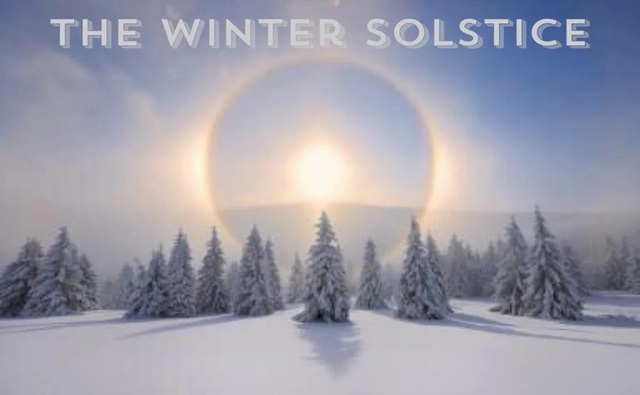SURPRISING STUFF
The seasons are set to change this week, thanks to the movement of the planet into winter solstice.
The length of nights and days is gradually affected all year long by the axial tilt of the planet. The earth’s distance from the sun does vary (about two million miles out of a total distance of around 94 million miles) but that distance affects weather and seasons on the planet very little. On December 21 that tilt will reach its maximum of a 23.4-degree tilt, causing the northern part of the orb to be exposed to much less sunshine crossing its path than during the summer months.
This year the winter solstice falls on Thursday, Dec. 21, officially kicking off winter in the Northern Hemisphere. At the winter solstice, the sun at noon is at its lowest point in the sky, and the time from sunrise to sunset is the shortest of the year. This is why the winter solstice is sometimes called the “shortest day” of the year, as in, the day with the least amount of daylight hours, and the longest night. A solstice is either of the two moments in the year when the Sun’s apparent path is farthest north or south from Earth’s Equator. This creates shorter day lengths for those of us in the Northern Hemisphere, kicking off our season of winter. After the December solstice, daylight will gradually increase for the next six months as the Earth’s axis slowly tilts back, causing the sun to appear higher in our sky until it reaches its peak point in June, our summer solstice.
According to the astronomical calendar, which determines the seasons based on the sun’s position in our sky, winter and summer begin on the solstice. There are only two times of the year when the Earth’s axis is tilted neither toward nor away from the sun, resulting in a “nearly” equal amount of daylight and darkness at all latitudes. These events are referred to as Equinoxes referring to spring and fall.
Person of the Week

Merry Christmas from Santa and the Geneva Shore Report!









